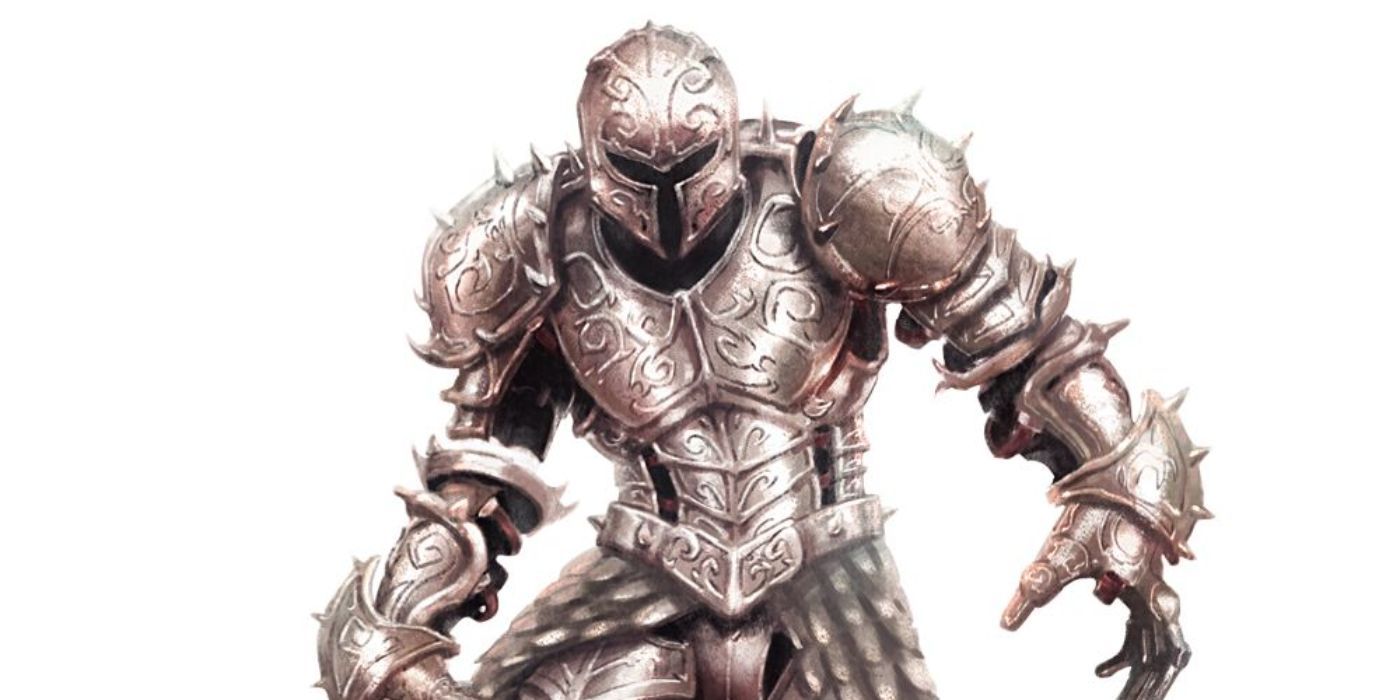

Tim Kask calls this change "one of the stupidest things, in my opinion, that was ever done". The "Basic" Dungeons & Dragons product line from 1977 simplified the game so as to merge the concepts of race and character class, making all races effectively classes. Later editions of the game would make rules. According to former TSR employee Tim Kask in 2018, players of original D&D rules chose their race based on the randomly generated stats.

Notably, races did not yet give numeric bonuses to ability scores. Non-humans were restricted in their choice of character class and maximum character level, but gained unique special abilities, such as a dwarf's magic resistance or the elf's ability to detect hidden doors. The original Men & Magic (1974) did not use the term "race", but did introduce the dwarf, elf, and hobbit (later renamed halfling), with the assumption that most characters would be human.


Their appearance in the original 1974 edition of Dungeons & Dragons appealed to fans of Tolkien.Īs D&D shaped the field of fantasy fiction, fantasy races have come to be a staple of computer roleplaying games and other media. Tolkien, particularly The Hobbit, which features all three of those races. The inclusion of the dwarf, elf and halfling (originally called hobbit) is influenced by the works of J.R.R.


 0 kommentar(er)
0 kommentar(er)
